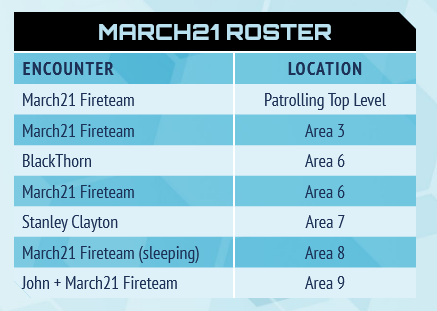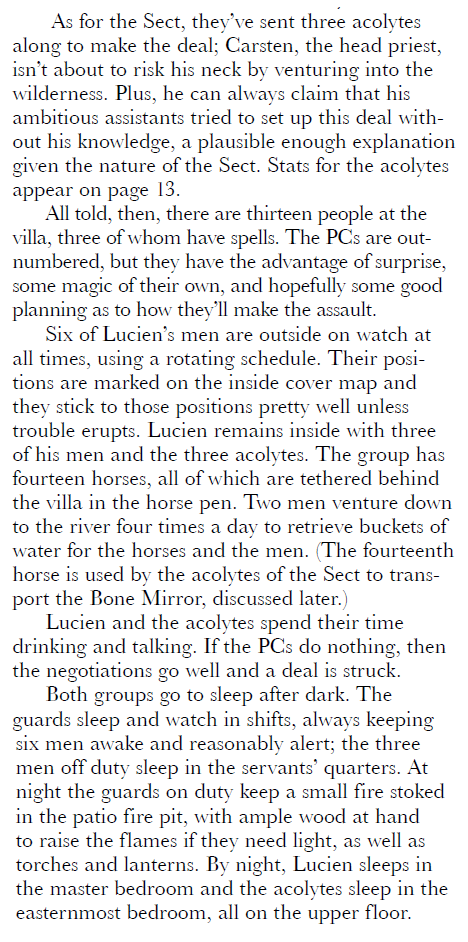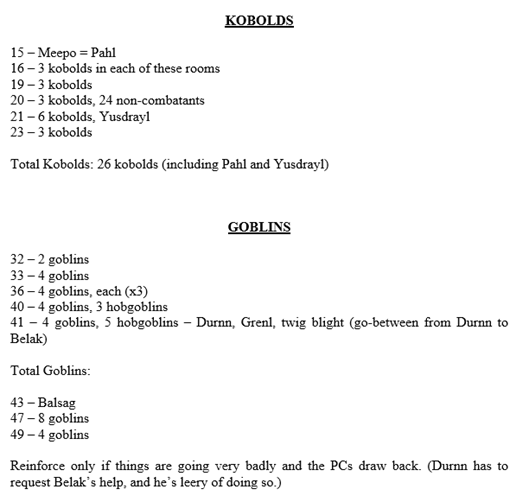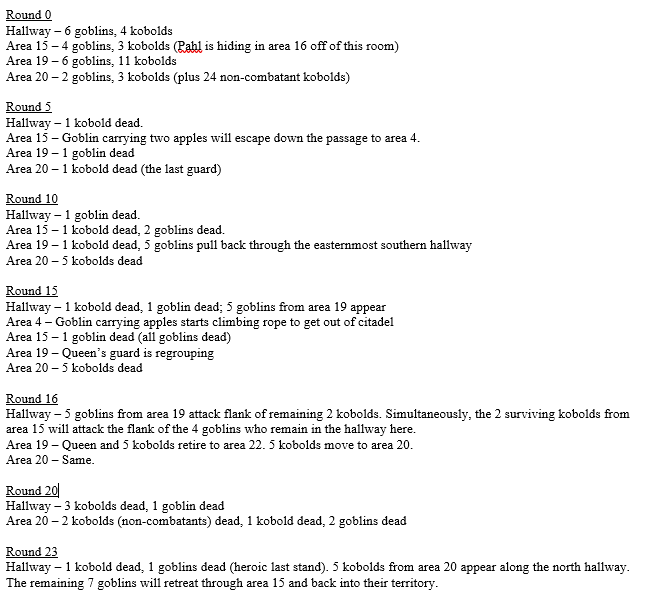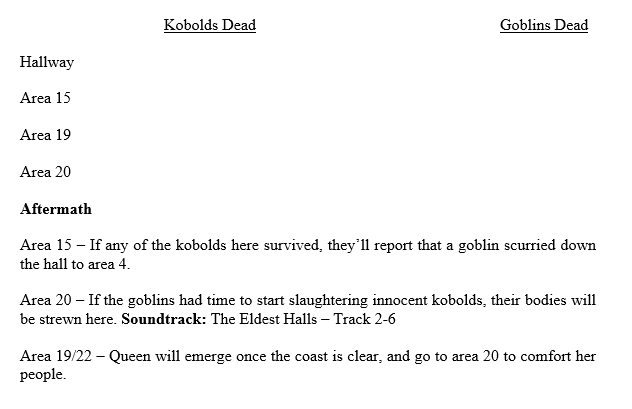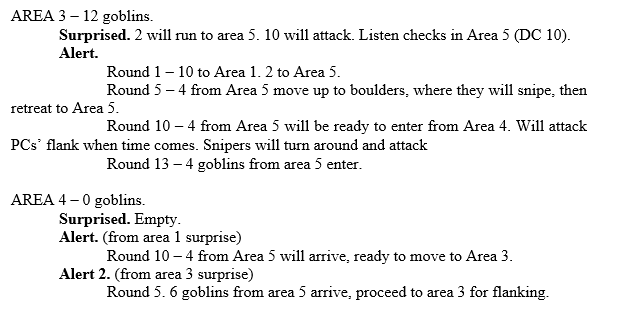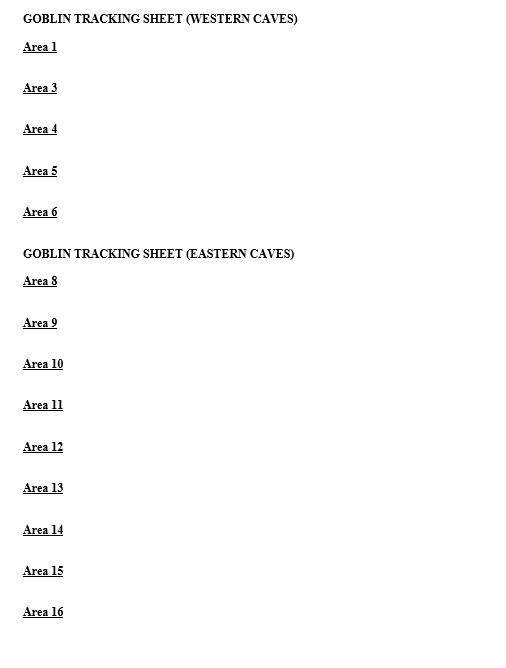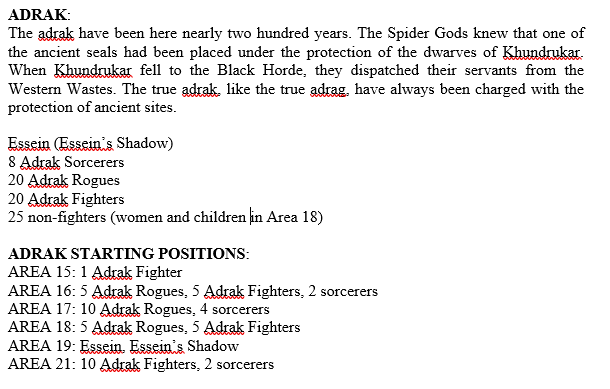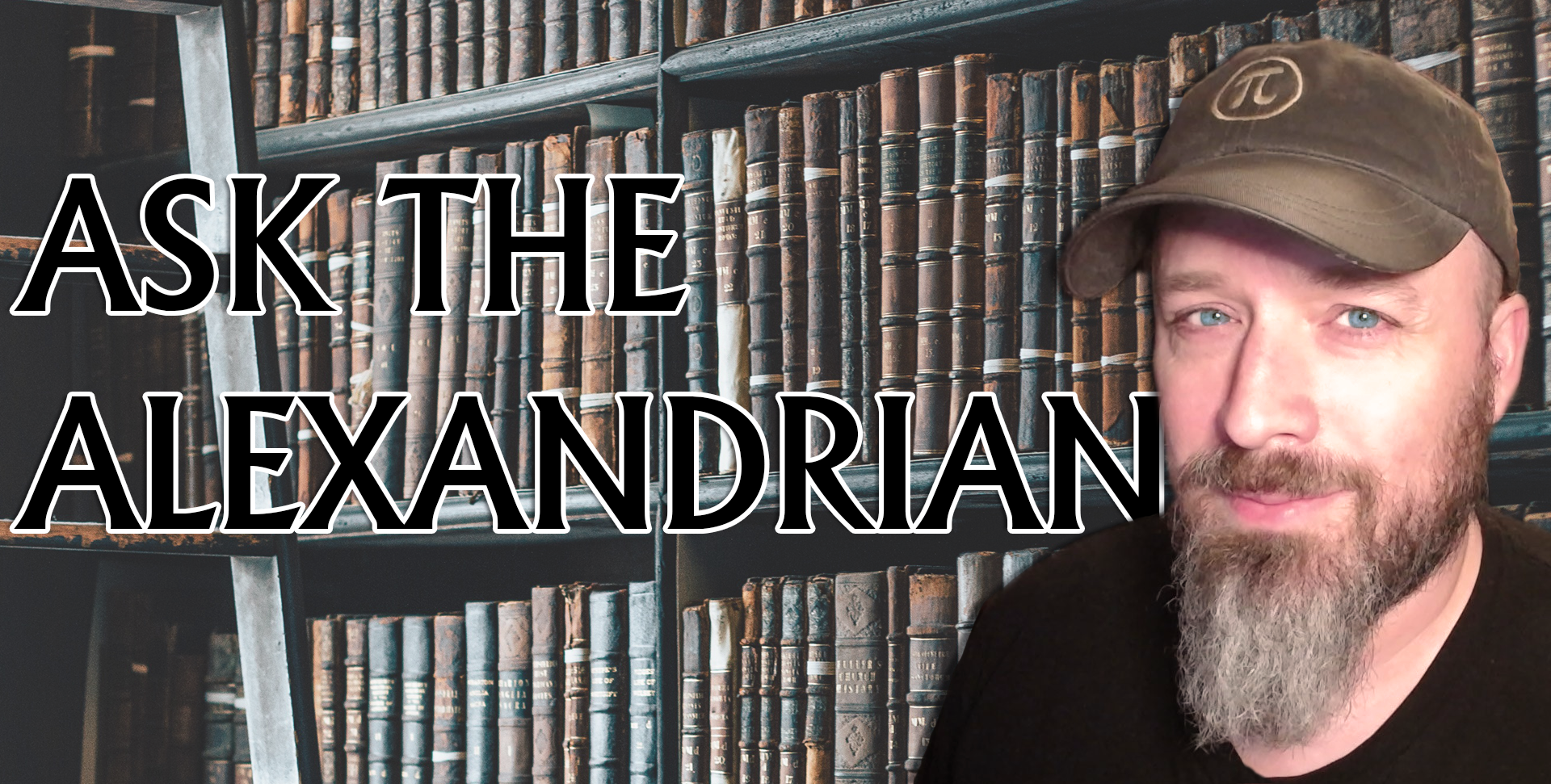
AC writes:
When I first picked up Waterdeep: Dragon Heist I’d already looked at some reviews and I knew the module was a bit wonky. After giving it my own read through I knew I wanted to somehow use all the villains provided and fortunately I found the Alexandrian Remix.
After many, many, MANY hours of reading and prep I started out with our game group. Up to Chapter 1 (Ch1 of the module, so 5B of the Remix) things were going well enough. Of course that’s also only the barest start of the whole thing so that’s not saying much.
Since then it’s been an unmitigated disaster.
Things got badly bogged down trying to refurbish Trollskull Manor, this was due to my attempting to introduce the party to all the faces around the neighborhood so that they’d actually be invested in the place AND so that for the investigation yet to come they’d have some folks to actually talk to that wouldn’t just be random Joe/Jane shop-owner whose been (surprise!) next door all this time.
After slogging through that I thought we’d be able to make some headway… WRONG. I made efforts to establish some timelines, throw in a couple of faction missions, then the Cassalanters introduced themselves and their “problem”, and the parades were about to occur along with the opening of the inn.
Unfortunately I guess I miscalculated what the party would do… like I suppose heroes would, as soon as they found out about the cursed children they took off at a gallop to track down Renaer, get whatever info they could from him… and they were on the verge of taking off for Neverwinter to put the screws to his father!
At that point I shut down the game session as I had no idea how the get the damn thing back on track and I’m on the verge of just giving up on it entirely. No fault of the Remix, it’s the DM to blame here.
I’m not a first time DM, I’ve been running D&D campaigns on and off for years. The last campaign I lead was the two part Horde of the Dragon Queen / Rise of Tiamat. Maybe this time I bit off more than I could chew with the Remix, maybe I expected more from our group as I was trying to give them more of a sandbox and not so much a hack ’n slash railroad. I dunno.
What I’m wondering is if anyone else has had things go so badly wrong that they got to the point where they were seriously considering just giving up.
One side note: Trying to game with everyone locked down and remote has been a huge challenge for me. I find the loss of true interaction you get from being face to face with players in the room has killed much of my ability to improvise and is a serious impediment to building up any sort of momentum on game nights. Constantly having to repeat ourselves, pausing for long moments just in case someone else is about to say something, or just straight up technical difficulties. It’s all conspiring to suck the fun out of getting together for game nights.
First, AC, you are not alone in struggling with remote gaming. I’ve had similar difficulties. Everything takes longer. Sitting at a camera is more exhausting than sitting around a table. The channels of communication between players are limited. Body language is limited. It all translates into an experience where it becomes much harder to set tone and pace.
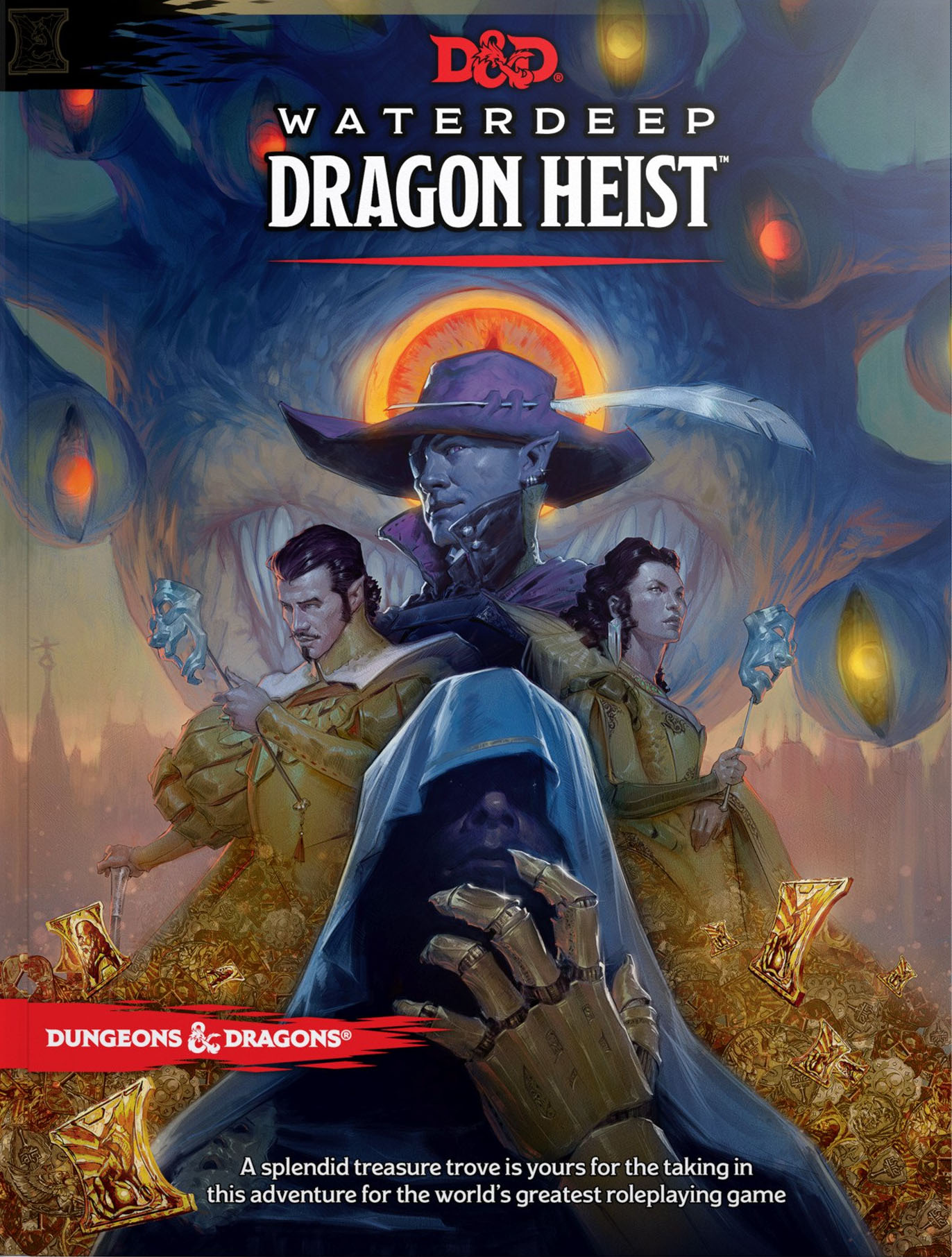 As a long-time GM across many different systems, I have an engrained sense of what a good session “feels like.” Remote gaming seems to be just different enough to trigger a kind of uncanny valley response; even if the session was, on its own merits, a success, it just feels as if something went wrong.
As a long-time GM across many different systems, I have an engrained sense of what a good session “feels like.” Remote gaming seems to be just different enough to trigger a kind of uncanny valley response; even if the session was, on its own merits, a success, it just feels as if something went wrong.
Perhaps the clearest example of this is just the amount of stuff that gets done during a session. Even if you manage to avoid having any technical glitches, the constraints of the remote experience inherently mean less gets done:
- Referencing common material can be cumbersome, particularly if you’re not using a virtual tabletop or if the material in question hasn’t been integrated into the virtual tabletop. (Think of an action as simple as finding a reference in the book and handing it to another player to look at.)
- Constraints on simple physical demonstrations and body language often mean longer descriptions and explanations.
- At a physical table you can have multiple conversations happening simultaneously. This obviously doesn’t happen constantly, but having only one effective voice channel prevents side-table discussions. In combat this means the wizard and fighter can’t coordinate their attack while you’re resolving the cleric’s turn. It also means that Sarah and Chris can’t quietly figure out what they’re planning to do next while you’re running the scene with Peter spying on Heather’s date.
And so forth.
So even the simple metric of, “Did we get a good amount of stuff done in this session?” is disrupted in remote gaming. And it’s not even that the amount of stuff that you get done is actually a problem; it just feels like a problem because it’s out of sync with what years of experience have subconsciously taught you a “good session” feels like.
Something that may help is doing brief post mortems with your players: Literally just check in with them and find out how they felt the session went. You might find that it works well to do this immediately as the session ends (during the chatting and small talk after the action wraps for the night), or you might find it’s more effective to do it a couple days later by e-mail or text message. Either way, you’ll often find that your players actually really enjoyed sessions that you felt were a struggle, and I find that can help buoy my spirits. If they are having problems, turn the discussion towards solutions: Focus on what you all (as a group) could be doing (or doing differently) rather than simply moping over the rough edges. (If you’re having the initial discussion between sessions with each player separately, you may find it useful to open the next session by discussing the problems and collectively brainstorming solutions.)
But I digress. Let’s chat about where you are in your campaign.
MEANWHILE, IN NEVERWINTER…
I’m not there at the table with you, but while this may feel hopelessly messed up and out of control for you, I’m guessing the same is not true for your players.
First, let’s look at what went “wrong”… although I don’t think it’s actually wrong, per se. I would have waited to have the Casalanters approach the PCs until after the Dalakhar explosion. That way, the players would have known that the way to help the Cassalanters solve their problem (if that’s what they want to do) is by continuing their ongoing investigation.
What’s happened here is that you’ve given the players a clear screnario hook (“help the Cassalanters save their kids!”) before you’ve given them a clear way of pursuing that scenario hook. They’ve responded by creating their own way of pursuing that hook and aggressively going for it.
This is not a problem!
Okay, what’s the first thing you can do?
Go with it.
They want to put the screws on Lord Dagult. Following the principles of active play, pick up that toy (Lord Dagult) and ask yourself what the logical outcome of that would be. What would Lord Dagult’s response be?
(I mean, they’re pretty obviously not going to be able to “put the screws to him.” But when they try, what happens?)
Well, if these random blokes from Waterdeep know about the gold, then it’s more at risk than he thought! (That’s particularly true if the PCs let slip that their knowledge comes from the Cassalanters.)
But these folks also saved his son. So he might think of them as useful cat’s paws in the Grand Game? He might even warn them about the Cassalanters (“you’ve been tricked by devil worshipers!”) before offering them a heap of gold to act as HIS agents. Heck, he might even offer them ALL the gold; then the big revelation would be that Dagult doesn’t seem to think that the gold is the most important thing at stake here: It’s the Stone of Golorr itself that he prizes above all else!
“Bring me the Stone of Golorr with all its Eyes and I’ll tell you where the gold is!” he says. “Then you can give it to the Cassalanters or buy a pirate franchise in Luskan or spend it on the richest gigolos on the Sword Coast. Just bring me the damn Stone!”
If the PCs agree, then he’ll tell them to head back to Waterdeep. He’ll be sending one of his local agents to contact them. (That’s Dalakhar, of course. So, then… ka-boom.)
Alternatively, he might let some information inadvertently slip while trying to figure out what the PCs know. (“Does Manshoon know? What about the rest of the Zhentarim?”)
Or maybe it’s a total dead end and all the PCs have done is add another faction to the Grand Game as Lord Dagult floods Waterdeep with his agents.
The point is to just look at what Lord Dagult knows — not just historically, but about the state of the Grand Game right now and the PCs specifically (if anything) — and then just… let things play out. See what happens.
MEANWHILE, IN WATERDEEP…
On the other hand, an epic segue to Neverwinter may be far enough outside the intended scope of the campaign that you would prefer to avoid all that. That’s OK. Even sandboxes have borders, and Dragon Heist isn’t even a sandbox.
What you need to do here is take a step back, identify the thing the PCs need to be pointed at, and then figure out how to deflect their current vector (“Let’s go question Lord Dagult!”) towards the thing they need.
In some cases it may not be possible to do this without railroading them, in which case I think you should find a different way. But if you’re running a robust, dynamic scenario (which I would argue the Alexandrian Remix of Dragon Heist qualifies as), you’ll often find that the PCs’ vector will end up naturally interacting with that scenario.
That’s the case here: If they’re still talking to Renaer, he can just say, “My father has a number of agents still active in Waterdeep. I know how to contact one of them. Why don’t I set up a meeting? They might be able to tell us what he’s up to.”
Renaer, of course, will then set up a meeting with Dalakhar for them. And then … ka-boom.
You’ll note that many of my solutions here are looking for ways to point the PCs back at Dalakhar so that the explosion can happen. But the other key thing to keep in mind here is that Dalakhar’s death and the fireball are only “essential” to the Remix insofar as they’re designed to be the primary hook into the Grand Game for the PCs. But in your campaign, the PCs are already hooked. So Dalakhar and the explosion are relatively non-essential.
Since the PCs are already in the Grand Game, it’s a good opportunity to review Part 7: How the Remix Works. There’s a simple checklist there for the GM to follow when running the campaign:
(1) Are the PCs looking for a lead to one of the Eyes? If yes, pick a Faction Outpost and point them at it.
(2) Did the PCs just piss off one of the Factions? If yes, pick a Faction Response Team and have them target the PCs.
(3) Are the PCs floundering and don’t know what to do next? If yes, pick a Faction Response Team and have them target the PCs. (If you’re not sure how they might target the PCs, just have them show up and try to kill them.)
Repeat until the campaign is done.
This list is really just a default algorithm for actively playing the core elements of the campaign.
If you can’t redirect to the Dalakhar assassination in some way, you’ll have to do a little extra lifting to direct the PCs to the stone itself (since their investigation of the fireball won’t lead them to the Gralhunds). But keep in mind, as described in Part 2 of the Remix, that this chain of events already has a default outcome if the PCs get involved which ends with Jarlaxle in possession of the Stone (i.e., one of the Factions that the default algorithm consistently prompts you to pick up and play with).
To come full circle: I don’t think your campaign is as “out of control” as it feels to you right now. In fact, I think your campaign is in a great place. You’ve got a group of players who are clearly heavily invested in what’s happening AND self-motivated enough to create their own plans and aggressively push for the outcomes they want. That’s FANTASTIC.
Follow their lead.
This is an experimental new series for the site. It might end up just being one-and-done. Let me know what you think of it in the comments. If you have any questions you’d like to have considered for future columns, throw those in, too. The goal here is to address specific situations from actual play; the general gist being, “If I were the GM in this situation, what would I do?” (As opposed to more abstract questions about general methodology or theorycraft.)



